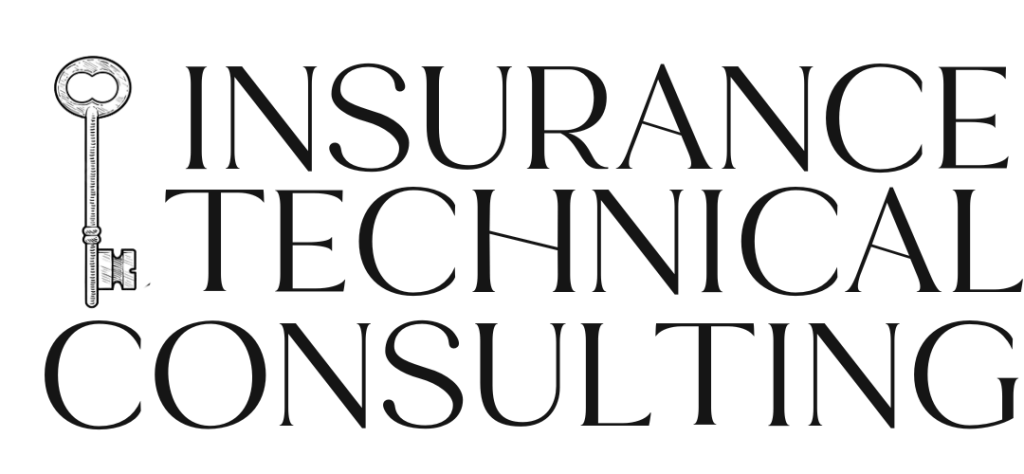
Business Auto policies use seven features to rate the risk. Which of the following are not used?
- Fleet / Non-Fleet
- Years in Business
- Garaging Location
- Radius of Operations
- Driver Experience
- Use Class
- Size / Weight
- Driver Payroll
- Vehicle Type
- Vehicle Age
- Loss History
Answer:
2. Years in Business
5. Driver Experience
8. Driver Payroll
11. Loss History
While these 4 factors are considered by underwriting, they affect the desirability and eligibility of the submission, rather than directly affecting the rate. The more desirable the submission, the more likely the underwriter is to apply credits. The credits are applied to the rating derived by these 7 features of each vehicle:
1. Fleet / Non-Fleet:
A fleet has at least 5 power vehicles – does not include trailers.
2. Garaging Location: The usual location where the vehicle is parked at night. Despite the term, it does not need to be inside a garage. If the vehicle is garaged, underwriting may see the risk more favorably, especially in high-crime areas.
3. Radius of Operations: Local, Intermediate, Long Distance.
Local typically means less than 50 miles, but in the era of metropolitan cities that are more than 50 miles across, local can mean more than 50 miles. This is the lowest rate.
Intermediate typically means 50 to 200 miles, but this can vary slightly according to the specifics of a route. If a business has a daily route of one city to another, and the cities are 215 miles apart, underwriting may apply Intermediate Distance.
Long Distance is more than 200 miles. This is the highest rate.
4. Use Class: Commercial, Service, Retail
Commercial is used for anything outside of Service and Retail.
Service allows only for transportation of tools, equipment and supplies to and from jobs.
Retail allows transportation of property to and from individual households.
For example, a retail store delivers new appliances to a house. A service contractor carries tools to the house to install the appliances.
The same business can have both uses, for different vehicles.
5. Size / Weight: Light, Medium, Heavy, Extra Heavy
Light applies to autos with gross vehicle weight (GVW) of 10,000 pounds or less.
Medium applies to GVW 10,001 to 20,000 pounds.
Heavy applies to GVW 20,0001 to 45,000 pounds.
Extra Heavy applies to GVW more than 45,000 pounds.
The weight for an unmodified vehicle can be found in ISO manual using the VIN.
6. Vehicle Type:
Private Passenger Type (PPT)
Truck
Tractor
Trailer
7. Vehicle Age:
Newer vehicles cost more to repair or replace. In addition, newer vehicles are more favorable to underwriting because they are an indicator of financial stability and growth.
Do your validating producers understand how Business Auto is priced, or know where to learn about it? Insurance Technical Consulting specializes in one-on-one mentoring of commercial producers so they gain confidence in what they are selling and make fewer errors. Save your agency time with potential to increase revenue and reduce E&O costs. Explore the website at InsuranceTechnicalConsulting.com for more information.
Share Post :
